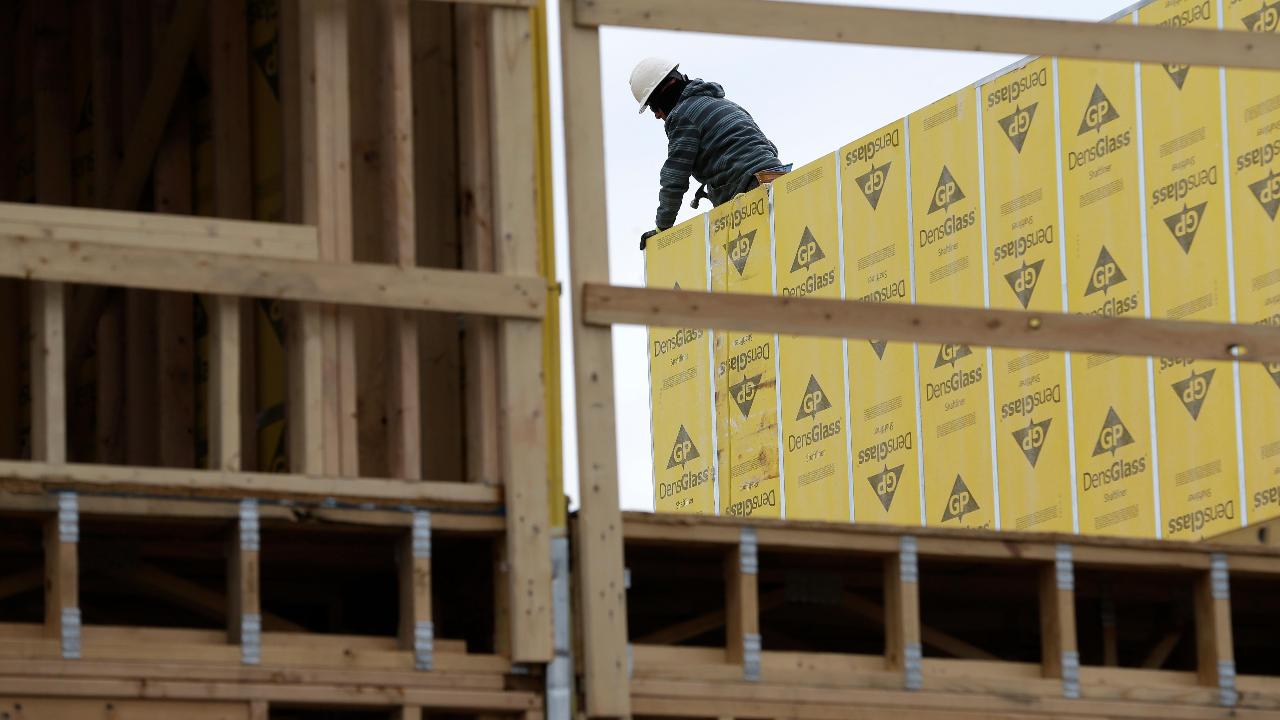How the Fed's interest rate hikes impact consumers
The Federal Reserve has hiked interest rates eight times since 2015.
For consumers, this is both good news and bad news.
“If you’re a borrower, it’s going to hurt. If you’re a saver, it’s going to help,” said Greg McBride, senior vice president and chief financial analyst at Bankrate.com. “You want to be on the right side of that equation.”
An increase in rates translates to higher borrowing costs for many consumers. The central bank’s benchmark federal funds rate influences interest rates across the economy, including the prime rate, which is used by banks to set rates for credit cards and other methods of borrowing.
Consumers should pay close attention to variable interest rates. As the federal funds rate goes up, interest on existing credit cards, home equity lines of credit (HELOCs) and adjustable-rate mortgages will climb. The Fed’s rate hikes can also impact private student loans with variable interest rates.
McBride recommends that borrowers pay off high-cost credit card debt “aggressively.” Consumers should also seek out credit cards that offer zero percent interest for 18 months or more, thus protecting themselves from higher rates in the near future.
Borrowers with a HELOC can ask lenders if setting a fixed interest rate on the outstanding balance is an option.
As for home loans, borrowers should refinance “right away” if they have an adjustable-rate mortgage that’s set to change in the next one to two years, McBride said.
“Even with the run-up in fixed rates, you can still lock in a fixed rate lower than what your adjustable rate would jump to,” he explained.
Americans in the process of buying a house should lock in their rate once they have a closing date, McBride added. The average 30-year fixed mortgage rate was 4.66 percent on Tuesday, up from 4.58 percent a week earlier, according to Bankrate.
While higher rates add to borrowing costs, savers may earn more interest on their deposits.
Deposit rates for savings accounts and CDs typically rise and fall as the federal funds rate moves up and down. Some banks have been reluctant to offer stronger rates. The average savings account offers less than 0.1 percent, and even the best high-yield savings accounts offer a rate of around 2 percent, based on Bankrate’s rankings.
Still, McBride noted that for the first time in more than a decade, “savers are able to earn a return that at least keeps pace with inflation.”
“Some banks are still pretty stingy with their payouts, so you have to know where to look,” McBride said. “The outlook is getting brighter. The Fed is going to continue raising rates, so savers should do even better in the course of the next 12 months or so.”
The Fed’s new target range for the federal funds rate is 2 percent to 2.25 percent. The Federal Open Market Committee, its policy-setting board, is expected to lift its target range again in December.
It would mark the fourth and final rate hike of 2018, and officials have indicated that strength in the U.S. economy and rising inflation will support three additional rate increases in 2019.
The Fed raises interest rates to prevent the economy from growing too fast and keep prices from spiking. Inflation has recently hit policymakers’ target of 2 percent annual growth.




















